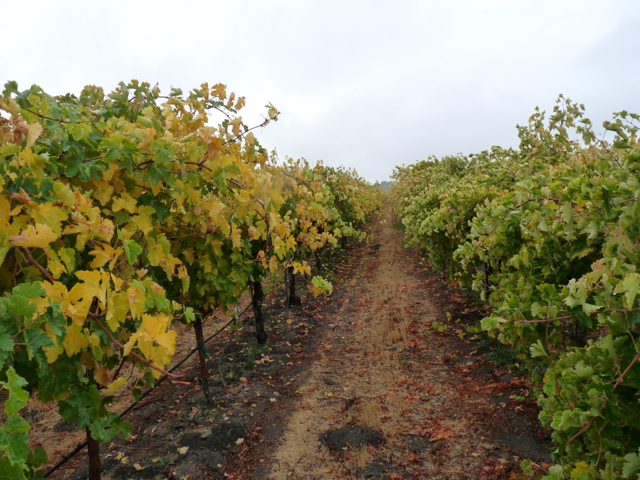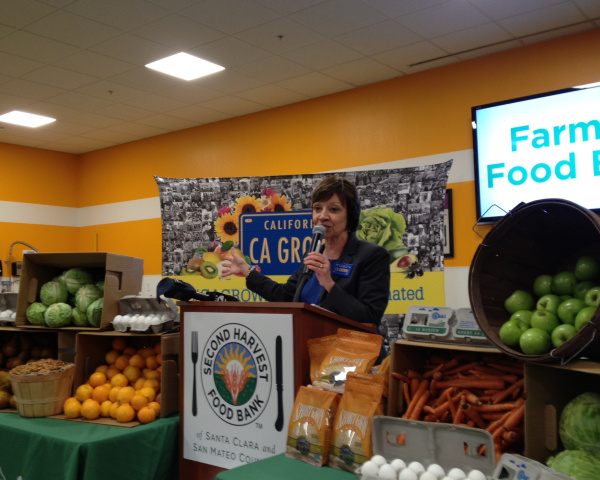Brochures Provide Nitrogen Fertilization Guidelines
Over the past 20-plus years, California farmers have come to know CDFA’s Fertilizer Research and Education Program (FREP) office as a respected resource for the science of crop nutrients. Recently, through a joint project with UC Davis, FREP has completed its most ambitious effort yet – synthesizing years of research into an accessible online database and online crop fertilization guidelines designed for growers. That project is getting a boost from a new series of brochures debuting in 2015, each summarizing the online nitrogen fertilization guidelines for an important California crop.
The brochures lead growers through nitrogen fertilization needs for each of the major annual stages, from bloom in the spring to fruit development in the summer, and then post-harvest in the fall. Guidelines are also provided for fertilization of young trees. The brochures cover application timing and rates as well as guidance on uptake, leaf analyses and fertilizer types. Growers looking for additional details will find easy links in the brochures to supporting data and references online. The web site also includes guidelines for other essential nutrients including phosphorus and potassium.
These guidelines, both in the brochure format and on the web site, can give farmers important information to help with on-farm decisions. However, they are not intended to be a replacement for in-depth discussions with local farm advisors or fertilization experts about site-specific adjustments based on soil type, climate and crop management.
For more information, contact the CDFA Fertilizer Research and Education Program at (916) 900-5022 or frep@cdfa.ca.gov.




















